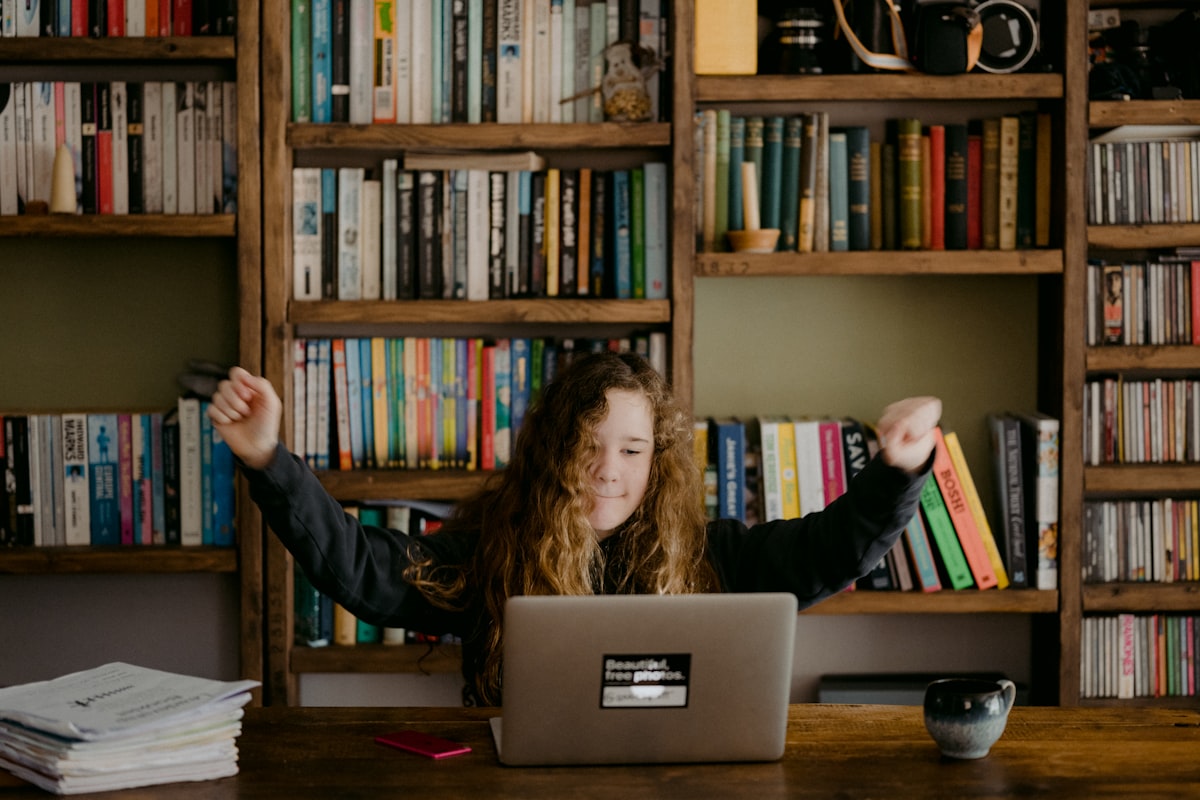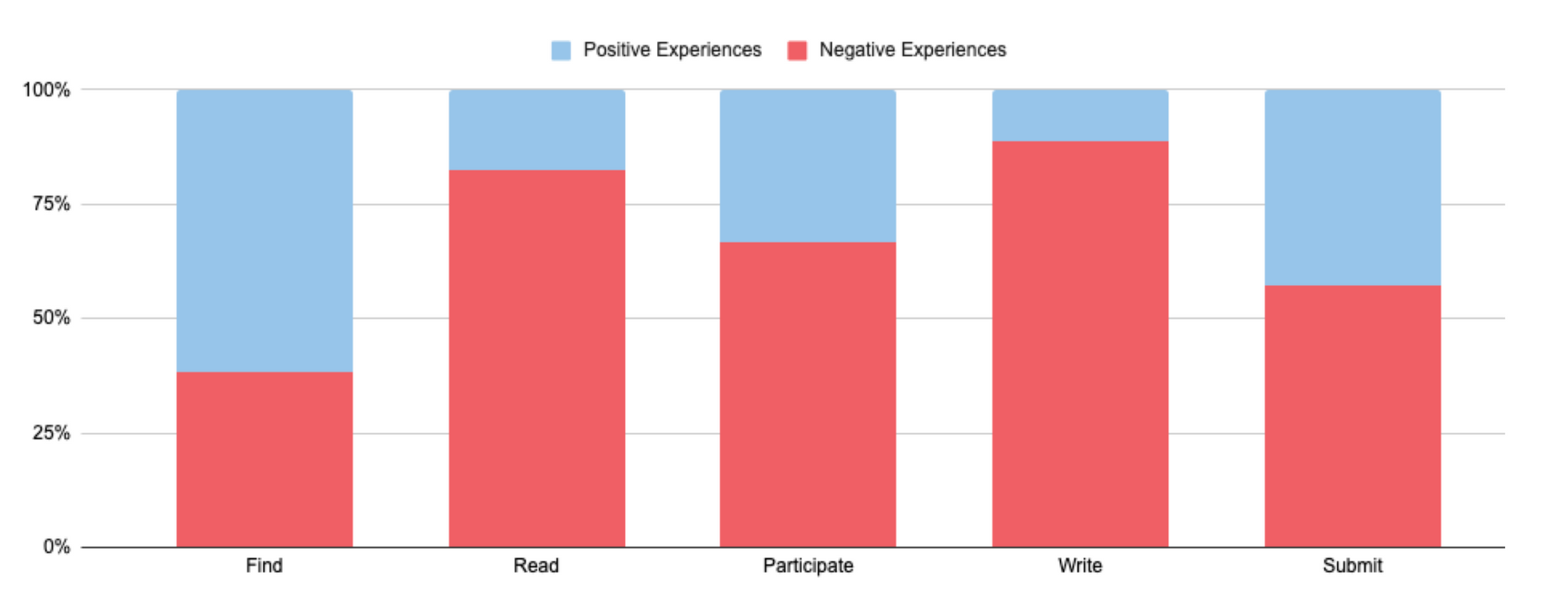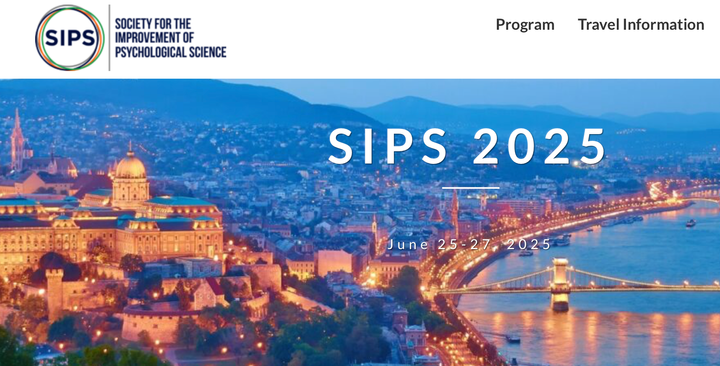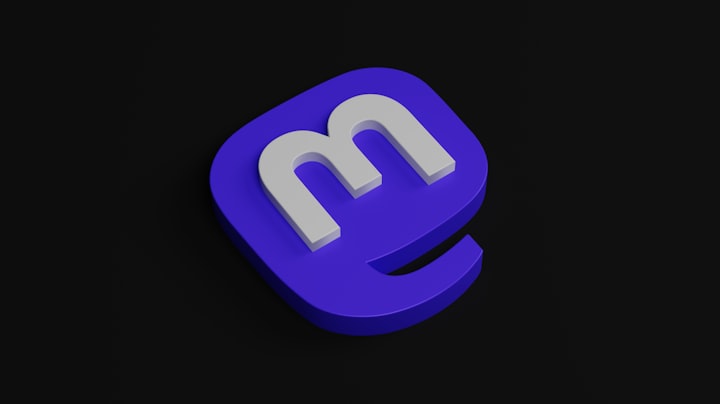Open Inaccessibility

In my decade working on the openness of research I touched upon content accessibility only a few times, in part because it was and is a less discussed topic in my circles. But that does not make it less important.
After all: When a PDF is downloaded, who can read it?
At the start of the year I discussed the social model of disability and inaccessibility in relation to open scholarship, but since then I have not done much more in a practical sense. Here's the best explanation of the social model of disability I have seen:
Content inaccessibility came back on my radar again when I read a recent study about content accessibility improvements for arXiv. This paper calls content accessibility "the next frontier of open science." As we see a simultaneous increase in user-generated content platforms for publishing, where there is less control over what and how things get published, I would agree and argue that accessibility will become a bigger topic quickly.
Some of my main takeaways and juxtapositions from this paper include:
- There is clear content inaccessibility: only 30% of people using assistive technologies rate all research as accessible (vs. 59% of people not using assistive technologies).
- HTML is preferred for accessibility, but non-disabled people prefer PDFs.
- Biggest improvement areas for accessibility are (1) PDF formatting, (2) images (alt texts), (3) math accessibility (e.g., MathML for screenreaders), (4) making data in figures parseable by screen readers.
- People who don't use assistive technologies don't know what is required of them to make accessible documents
- PDF is often preferred because it is easy/easier to save to reference managers.
Moreover, this study evaluated the experiences of researchers in each step of the article process. A lot of negative experiences happen at each step, indicating there is ample room for improvement. Accessibility is helpful for everyone in the end.

I wonder though, how HTML pairs up with other technologies like XML, which this study did not dive into.
Next steps
This study on content accessibility on arXiv is a great example of how to engage and with mindful intent start moving the needle forward. It inspires me to take some next steps as well. I am a non-disabled person, so my forgetfulness about this topic is a reminder of my privilege to not have these issues on a day-to-day basis. It also highlights the importance of actively doing something about it, as not doing anything is bad enough to promote the status quo.
Practically and specifically, I will implement accessible DOIs into ResearchEquals upon my return next week. I also recognize I am fairly ignorant on disability studies and activism, so I am starting that journey by making these the first books I read in 2023:
- Disability Visibility: First-Person Stories from the Twenty-First Century (by Alice Wong)
- Year of the Tiger: An Activist's Life (by Alice Wong)
- I'll figure it out: How ableism impacts disabled people's lives (by Marina Carlos)
If this topic of inaccessibility and ableism was new to you, what are your thoughts? I would love for people to explore this area more in 2023 and share in each other's journeys! Book recommendations welcome too 😊




Comments ()